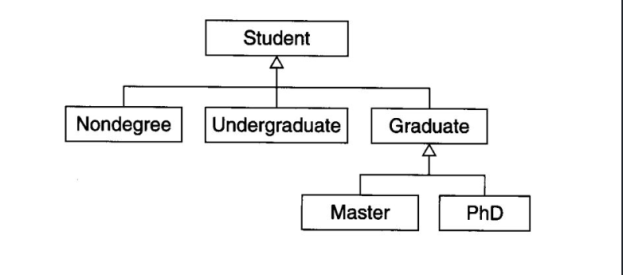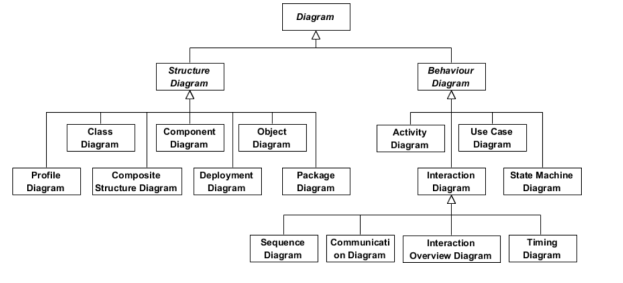While the title of this blog post doesn’t seem like it has to do with Software development, trust me it does. I was reading a blog post by Arvind Singh Baghel called “Software Design Principles DRY and KISS” which talks about important design principles and how they are violated and good tips on how to achieve these principles. DRY stands for “Do Not Repeat Yourself” which basically means avoid using the same code or iterations of the same code over and over or in different places since it wastes time for the people reading it and the software itself and creates unnecessary complexity. KISS stands for “Keep It Simple Stupid” which in terms of software development means keeping methods small and avoiding complexity. I chose this blog post because it lays of the important principles that keep designs of code simple and easy for later changes or if they are read by another person which is something that I feel I want to work on being better about. Looking back at a lot of my code, I rarely kept my code simple or avoided repeating myself for simplicity and time saving, but that would end up wasting more time later when I would need to go back and make changes or trace my code. The code that I would make would have methods that would use the exact same lines of code with minor changes or no changes at all, which made following the code that much harder since I had to look at each implementation of the same code and see what was slightly different. I would also try to fit as many different things into a single method as possible which would create extremely long methods. When methods would fail test cases these long methods of repeated code would make it much more difficult to figure out where the real issue was and took more time than it would have if I decided to split up the methods and not reuse code throughout the program. Simplicity seems to be a major key in any good design regardless of what you are designing and these rules of DRY and KISS would have saved me a lot of time on projects and coding assignments had I applied them and not tried to take the easy way out. I already have worked on applying this to my current projects and it has made a huge difference in both my experience with coding and the time and energy it takes to complete a project.
Link to blog post mentioned: https://programingthoughts.wordpress.com/2018/04/15/software-design-principles-dry-and-kiss/
From the blog CS@Worcester – Tyler Quist’s CS Blog by Tyler Quist and used with permission of the author. All other rights reserved by the author.


